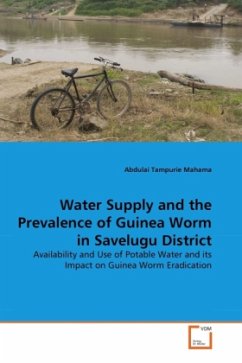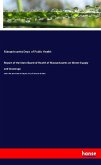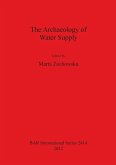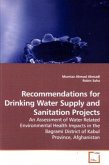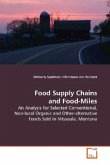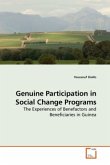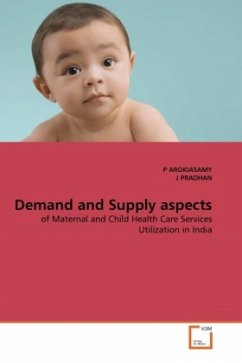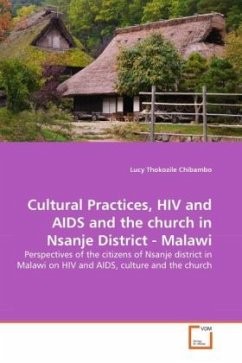Access to potable water still remain an illusion to over one billion people which is manifested in high incidence of water and sanitation related diseases such as guinea worm. With the launch of the Guinea Worm Eradication Programme in 1989, interventions such as the provision of potable water and treatment of unwholesome water before use were pursued. Albeit these interventions, the worm is still prevalent in the Savelugu-Nantong District of Northern Ghana. This work investigated why in spite of the huge investment in water and sanitation facilities, as well as education campaigns, the disease is still persistent. The incidence of guinea worm over space does not relate with the distribution of water facilities; it is more preponderant in the south- eastern corridor and in the major communities where there is potable water. This book examines the relationship between water supply and guinea worm infestations and will be useful for water and sanitation sector stakeholders and practitioners such as staff of District Assemblies, Water and Sanitation Teams, District Health Directorate and the Guinea Worm Eradication Programme.
Bitte wählen Sie Ihr Anliegen aus.
Rechnungen
Retourenschein anfordern
Bestellstatus
Storno

